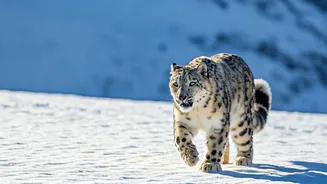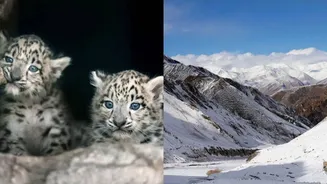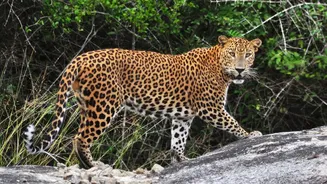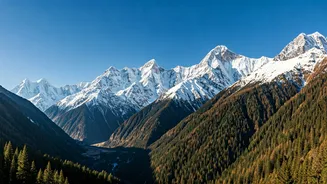Winter's Embrace in Ladakh
Hemis National Park, situated in Ladakh, is a popular destination for those seeking adventure and natural beauty. This article focuses on the winter experience.
During this season, the park transforms into a serene landscape. The primary attraction is the opportunity to spot snow leopards, elusive creatures perfectly adapted to the cold. The landscape’s transformation creates a unique travel experience. Visitors are advised to be prepared. This includes acclimatization, appropriate gear, and awareness of the park’s environment. Winter in Hemis also presents challenges, such as extreme cold and high altitude. These aspects add to the thrill for those seeking an off-the-beaten-path travel experience. Preparing beforehand is key to a safe and enriching journey.
Planning Your Visit
The best time to visit Hemis National Park during winter is between December and March, when snow leopard sightings are most frequent. Prior planning is crucial. Visitors should arrange for permits and accommodation in advance. Transportation is another key element. Roads may be challenging or closed due to heavy snowfall. Therefore, choosing the right mode of transport and scheduling travel days accordingly is crucial. Accommodation options vary, with guesthouses and homestays. These options provide warmth and local experiences. Packing warm clothing, including layers, is very important. High-altitude sickness is a concern, so allowing time for acclimatization upon arrival is necessary. Staying hydrated and avoiding strenuous activities immediately are also recommended to make a successful trip to the national park.
Wildlife Spotting Tips
Spotting snow leopards is the highlight for many winter visitors. Success involves patience, luck, and guidance from experienced local trackers. Early mornings and late afternoons are prime times for sightings. Carry binoculars and a spotting scope. These allow for distant viewing and detailed observations. Local guides are invaluable. They possess expertise in tracking the elusive cats and understanding their habits. Respecting the animals' habitats is essential. Maintain a safe distance and avoid disturbing their natural behavior. Supporting responsible tourism practices aids conservation efforts. This includes choosing eco-friendly accommodations and supporting local communities. The goal is a memorable wildlife experience. It needs to be combined with respect for the natural environment. Conservation is as important as the thrill of spotting the snow leopard in its natural habitat.
Essential Preparations
Winter travel in Hemis requires meticulous preparation. Layered clothing is crucial for combating the extreme cold. Include thermal underwear, fleece jackets, insulated outerwear, and waterproof boots. Acclimatization is essential. Spend a few days at a lower altitude before venturing into the park to prevent altitude sickness. Carry necessary medications, including those for altitude sickness and any personal prescriptions. Hydration is vital, so drink plenty of water to combat the effects of the dry air and high altitude. The inclusion of high-calorie snacks helps maintain energy levels. Pack a first-aid kit with essential supplies. Also include sunscreen and lip balm to protect against sun and wind. Be prepared for communication challenges. Mobile network coverage might be limited, so inform someone about your itinerary. These preparations contribute to a safe and enjoyable journey.
Embracing Local Culture
Immerse yourself in the local culture to enhance your travel experience. Engage with the local communities. Learn about their traditions, customs, and way of life. Interact respectfully. Try some local cuisine to experience the flavors of Ladakh. Embrace the opportunities for cultural exchange. The local people are usually hospitable. They are often willing to share insights into their lives and heritage. Visit local monasteries. These are essential parts of Ladakhi culture. Participate in local festivals. These are great opportunities to witness vibrant traditions. By appreciating the local culture, visitors can gain a deeper understanding of the region. They also get a richer and more meaningful travel experience. Respect for local customs and traditions fosters positive interactions.
Safety Measures
Safety should be a top priority when traveling to Hemis National Park in winter. Inform someone about your itinerary, including your travel plans and expected return date. Carry a satellite phone or a personal locator beacon for emergencies. These will allow for communication. Be aware of the weather conditions. Check weather forecasts regularly. Snowstorms can cause travel disruptions. Take precautions against frostbite and hypothermia by wearing warm and protective clothing. If you travel alone, stay with a group or guide, especially in remote areas. Consider travel insurance. This will cover medical emergencies and unexpected events. Follow the guidelines provided by local authorities and park officials. Prioritizing safety enhances the overall travel experience, allowing visitors to enjoy the beauty of Hemis National Park. It ensures the trip remains a positive and safe adventure.













